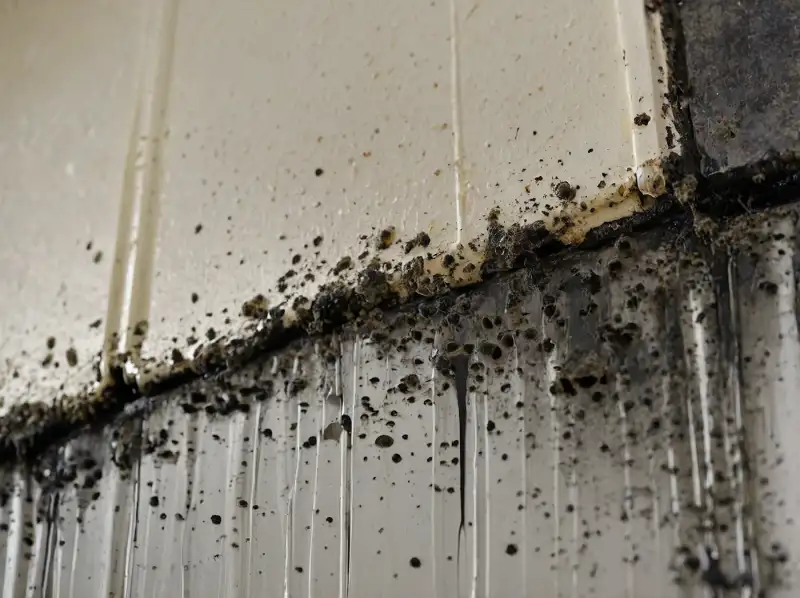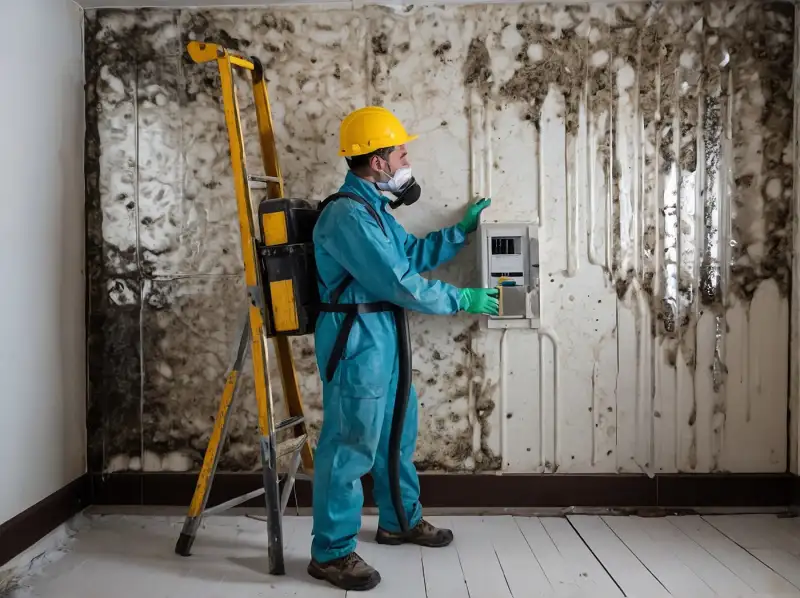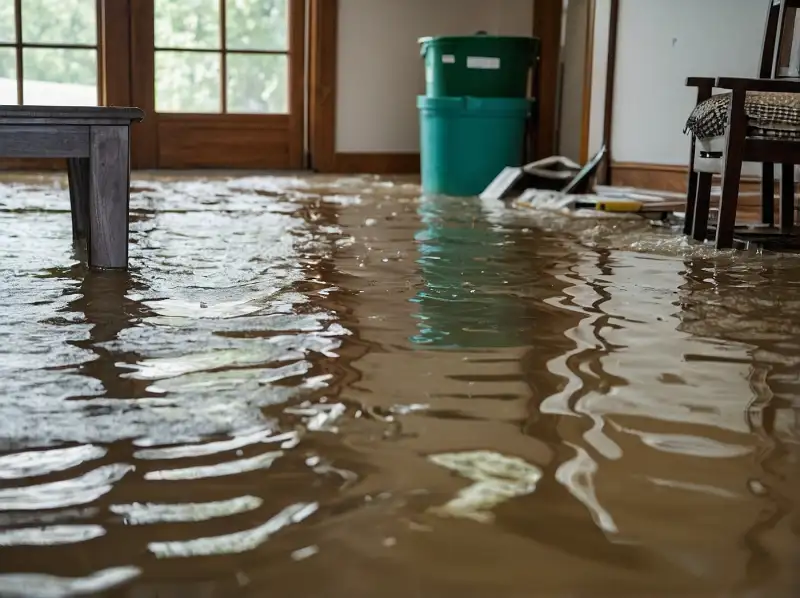
28
Aug
Black Mold vs. Mildew: A Complete Guide for Hope Mills Residents
As a homeowner in Hope Mills, you may have heard the terms “black mold” and “mildew” thrown around quite a bit. But do you really know the difference between the two? Understanding these distinctions is essential for maintaining a healthy and safe living environment. Let’s dive into the details!
What is Black Mold?
Black mold, scientifically known as Stachybotrys chartarum, is a type of mold that thrives on moisture and can be particularly harmful to your health. It appears as dark green or black patches and often emits a musty odor. Black mold can grow on various surfaces, including wood, drywall, and even carpets. If you notice any signs of black mold in your Hope Mills home, it’s critical to act quickly.
Health Risks Associated with Black Mold
Exposure to black mold can lead to various health issues, including respiratory problems, allergic reactions, and even more severe conditions in individuals with compromised immune systems. Children and the elderly are especially vulnerable. If you suspect black mold in your property, contact our restoration experts immediately for a professional assessment.
What is Mildew?
Mildew is a type of fungus that is often confused with black mold due to its similar appearance. However, it is generally less harmful and usually appears as a white or gray powdery substance on surfaces. Mildew thrives in warm, damp areas, such as bathrooms and kitchens. Regular cleaning can often keep mildew at bay.
Identifying Mildew
Mildew can often be removed with household cleaners, but that doesn’t mean it should be ignored. If left untreated, it can develop into more serious mold issues. Regular inspections in areas like the bathrooms of your Hope Mills home can help you catch mildew before it becomes a problem.
Key Differences Between Black Mold and Mildew
- Color: Black mold is typically dark green or black, while mildew is often white or gray.
- Health Risks: Black mold poses significant health risks, whereas mildew is generally considered less harmful.
- Appearance: Black mold appears as irregular patches, while mildew tends to be powdery and flat.
- Growth Conditions: Black mold thrives in areas with prolonged moisture, while mildew can grow in more varied conditions.
How to Remediate Black Mold and Mildew in Hope Mills
If you find either black mold or mildew in your home, it’s important to address the issue promptly. Here’s a step-by-step guide:
Step 1: Identify the Source of Moisture
Both black mold and mildew require moisture to grow. Check for leaks in pipes or roofs, and ensure proper ventilation in areas like bathrooms and kitchens.
Step 2: Remove Affected Materials
For extensive black mold infestations, removing affected materials like drywall or carpeting may be necessary. For mildew, usually, a thorough cleaning will suffice.
Step 3: Clean the Area
Use a mixture of water and a mild detergent to scrub the affected areas. For black mold, it’s advisable to wear protective gear such as gloves and masks.
Step 4: Dry the Area Thoroughly
After cleaning, make sure the area is completely dry to prevent future growth. Use fans or dehumidifiers if necessary.
Step 5: Prevent Future Growth
Consider investing in a dehumidifier for your Hope Mills home, especially in damp areas. Regular inspections and maintenance can help you stay ahead of mold and mildew issues.
Client Case Study: A Hope Mills Homeowner’s Battle with Black Mold
Recently, we assisted a client in Hope Mills who discovered black mold in their basement after a heavy rainstorm. The homeowner, feeling overwhelmed, reached out to us. Here’s how we tackled the situation:
The Challenge
The basement had extensive water damage, leading to a significant black mold infestation. The homeowner was concerned about the health risks and damage to their property.
The Process
- Assessment: Our team conducted a thorough inspection to assess the extent of the mold and moisture damage.
- Containment: We contained the area to prevent spores from spreading to other parts of the home.
- Remediation: We removed the affected materials and cleaned the surfaces with specialized mold remediation solutions.
- Restoration: After ensuring the area was dry and safe, we helped the homeowner restore their basement, providing peace of mind.
Results and Client Satisfaction
The homeowner was thrilled with the results. Not only did we eliminate the black mold, but we also took the time to educate them about preventing future growth. This experience reinforced our “Fresh Start” philosophy: every challenge is an opportunity for renewal.
Conclusion
Understanding the differences between black mold and mildew is crucial for homeowners in Hope Mills. While both can be problematic, knowing how to identify and address them can save you time, money, and health concerns. If you find yourself facing a mold issue, don’t hesitate to reach our water damage experts for immediate assistance. Remember, a little knowledge goes a long way in protecting your home!



